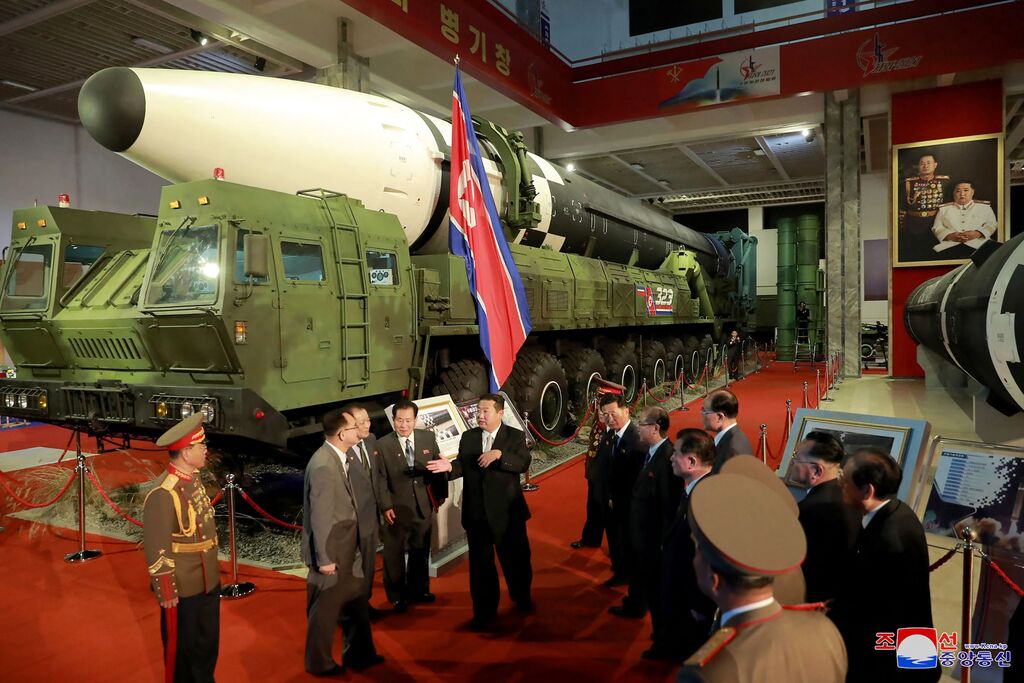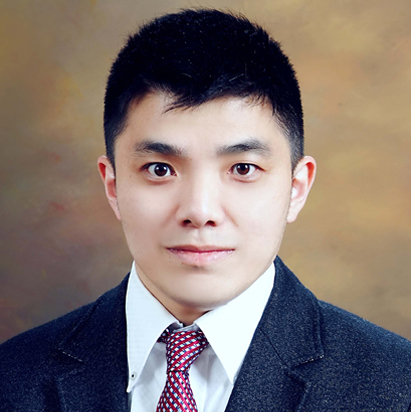Commentary
2022 / 01 / 30 (Sun.)
ROLES INSIGHTS No.2022-01: “What is Behind North Korea’s Recent Missile Tests?” by Ryo Hinata-Yamaguchi


On January 30, North Korea conducted its seventh missile test launch this month. While there is much to be confirmed, the missile is reported to have reached an apogee of about 2,000km and range of about 800km, making it likely that it was an intermediate range ballistic missile.
Several factors explain North Korea’s re-accelerated military activities and capability developments in recent months.
One obvious rationale is to stir and test the reactions of the United States (US), Japan, South Korea as well as China – a modus operandi of North Korea. While the testing of long-range ballistic missiles is certainly a move by North Korea that re-escalates the tensions on the Korean peninsula, Pyongyang’s logic is that it did so because the US and South Korea failed to follow through with the peace negotiations in 2018.
Timing is also important – particularly now. Besides the ongoing COVID-19 pandemic, there is the Russia-Ukraine crisis that is distracting the US, and South Korea is now in the final stretch of the upcoming presidential election. With the Beijing Winter Olympics scheduled to start in early February, North Korea found that this is the window of opportunity to ramp up its actions while getting away with it (at least from the most immediate and harshest actions).
The other reason is about North Korea’s defense planning, where Pyongyang is pressing ahead with its five-year plan for development of “national defence science and weapon systems” that was announced at the Eighth Congress of the Workers’ Party of Korea in January 2021. The massive military parades in October 2020 and January 2021, combined with the “Defence Development Exhibition ‘Self-Defence 2021’” held last October were demonstrations by Pyongyang that it is successfully modernizing its armed forces despite the COVID-19 pandemic and international pressures.
The question now, of course, is what will unfold. While it is hard to pinpoint the future, one can expect more developments to come.
Further developments are expected regarding North Korea’s ballistic and cruise missile systems. Pyongyang has continued to diversify and enhance its collection of ballistic and cruise missiles, and now has an assortment of road, rail, and submarine-launch systems. Given that each type of missile and launch system has its share of strengths and weaknesses, modernization through diversification is a way for North Korea to mount credible and reliable capabilities against the US, Japan, and South Korea.
More developments are also expected in the other systems of the Korean People’s Army (KPA). Indeed, there is no end to listing all the platforms that will be introduced in the years to come. Instead, it is more important to understand the concepts and purposes of the new systems. Points to watch would be North Korea’s attempts to enhance its readiness for anti-access and area-denial, cyber and electronic warfare, joint and cross-domain operations, and hybrid warfare.
Moreover, much attention is needed regarding how North Korea will work with new and emerging technologies including artificial intelligence, robotics, 3-D printing, quantum computing, space technology, and others. While North Korea may not have the technological caliber compared to advanced states, there is good reason to believe that it will attain some level of capabilities in the coming years.
Another area to watch will be how North Korea fixes what is essentially the biggest weakness of the KPA – operational readiness. Over the past several decades, the state of the KPA’s supplies, maintenance, training, and welfare of personnel have significantly deteriorated, undermining the military’s capacity to fight large-scale conflicts, let alone win them. While North Korea will struggle to find solutions that fully alleviate the logistical problems, it will still attempt to find improved ways for the military to execute its operations.
The recent string of provocative actions by North Korea combined with the developments in the KPA’s readiness underscore the urgencies in formulating and executing more robust measures against the Stalinist state. Yet the questions are not so much about what North Korea can do or trying to do, but rather what the US, Japan, and South Korea should do to ensure peace and stability on the Korean peninsula and East Asia.
***********************************************
***********************************************
Ryo Hinata-Yamaguchi is a Project Assistant Professor at the Research Center for Advanced Science and Technology at the University of Tokyo and an Adjunct Fellow at the Pacific Forum. Ryo can be followed on Twitter at @tigerrhy.
Recent Publication
コメンタリー
2025.07.01 (火)
コメンタリー
2025.04.30 (水)

